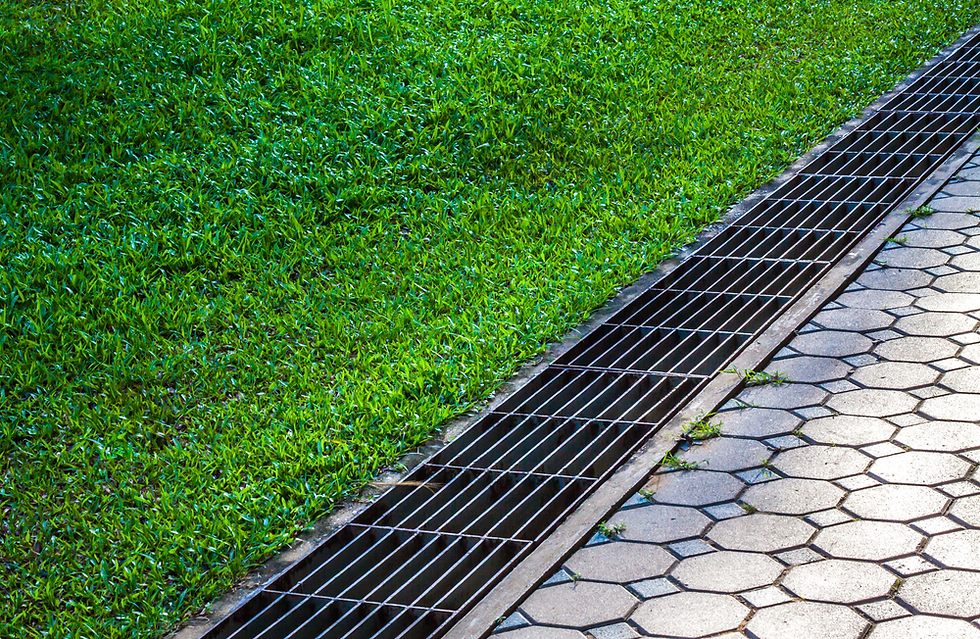Everything Need To Know About Dali Lighting Control System
- Mark Simon
- Sep 12, 2022
- 3 min read
Updated: Sep 7, 2023

Dali or Digital Addressable Lighting Interface is the form of a wired communicating system which helps in controlling the lighting system. Since its evolution around the 1990s, this has greatly helped us to control, simplify and enhance the lighting system through their fingertips. Dali lighting control system allows the user to master the system through CMS or Central Management System which is the hub of the interface. Due to evolution, it has brought appealing possibilities to control the luminaries in hazardous areas.
Through a single link or connection, it is easy to control the vast lighting system quite easily in no time. The source of control can either be the sensors or touch-screens or ballasts. It must be understood that to make the lighting and its intensity appropriate, it should be flexible and easily adjustable. This is mainly because our lighting requirement varies and depends upon the task going on.
Significant Features Of The Dali Lighting Control System
To make Dali lighting control system functional, it should have the following components:
Dali Power supply: For each installation of Dali, a separate power supply is needed which provide energy to the Dali devices. The complete network of Dali requires low voltage to operate and is connected to the power supply of 240V. Dali is hence the new trend of lighting.
Standardized ballasts: Ballasts are used for controlling the flow of current passing through the Dali lighting control system. It even helps in providing adequate voltage supply required for starting a fluorescent light. Dali ballasts are standardized that works well with all kinds of Dali devices.
Wires of low voltage: the networks of Dali lighting control system are wired. The wires are of low voltage that connects the entire system of Dali networks. Devices that are connected include ballasts, power supply, control units, and lighting fixtures.
Control Unit of Dali: one control unit is required in the Dali lighting control system. This unit controls the communication and used for saving the settings as well.
Why Dali lighting control system so beneficial?
Energy efficient
The Dali systems are automated which is a highly energy-efficient solution. The lighting criteria can be set at a starting of the day and can be programmed to run slow till the closing hours. This efficiently decreases the overall consumption of energy which further leads to the reduction in the total energy bill. You can now save some cash on the electricity bills.
Easy to modify and configure
Once you know how to operate a Dali lighting control system, changes and modifications can be done easily. The overall network is connected so well that it is easy to control them without interrupting the wires.
Money-saving option
As it allows maximum control and flexibility, it saves a large amount of energy thereby saving your money. It is estimated that approximately 80% reduction can be obtained through such control systems. Another advantageous aspect of including Dali in the lighting system is that it readily minimizes the general maintenance cost. The usage and maintenance both are extremely easy affordable. This is because it is easy to analyze the type of faults associated with the lighting system.
These systems are highly versatile and beneficial for large business units who require vast lighting system. Flexibility in control, easy to monitor and control through programmable device makes Dali the most essential part of the shops. As it is an open system, it allows different luminary groups to operate and communicate with each other through a single control unit. Hence, it is a better solution to look for.




.png)





Comments